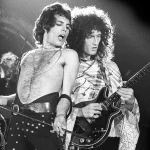Grunge: Where Authenticity Met Anarchy – The End of an Era
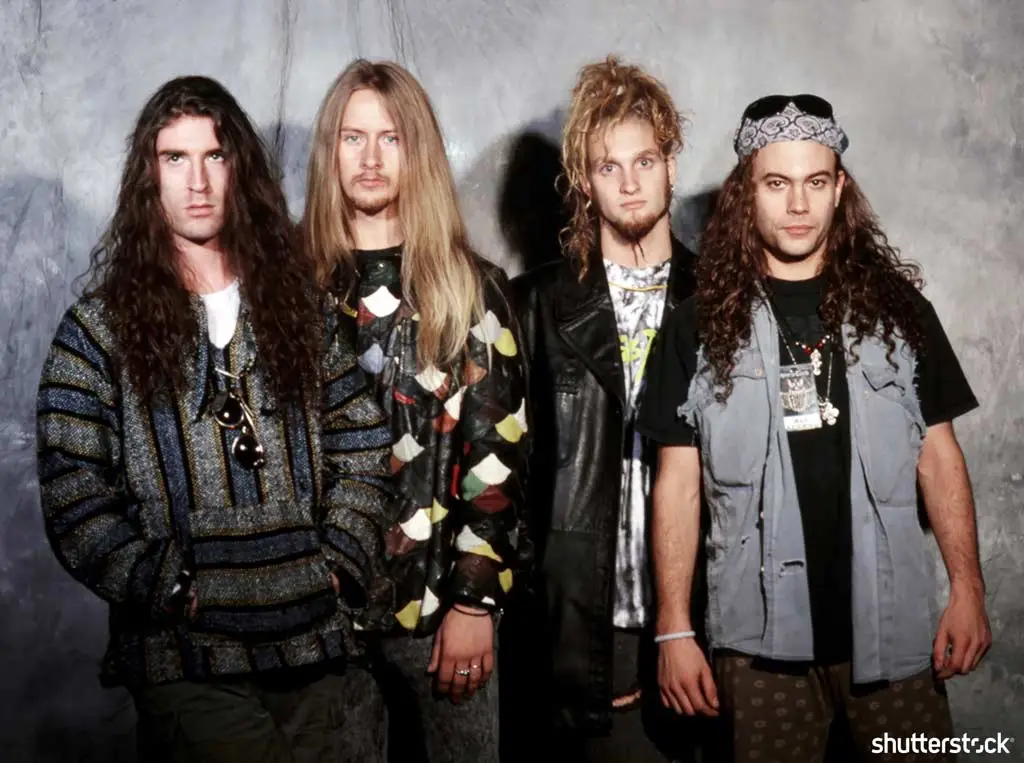
Grunge. The very word conjures images of flannel shirts, ripped jeans, and a raw, unpolished sound that ripped through the slick, often superficial landscape of 1980s rock. Emerging from the rainy, somewhat isolated Pacific Northwest, particularly Seattle, in the mid-1980s, grunge wasn’t just a musical genre; it was a cultural phenomenon that arguably represented “The Last Great Era” of rock music’s widespread cultural dominance. Its impact was profound, challenging the status quo and leaving an indelible mark on music, fashion, and the broader counterculture. It was where authenticity met anarchy, signaling the end of one era and the uncertain beginning of another.
The Sound of Disillusionment and Raw Power At its core, grunge was a fusion of disparate influences, primarily punk rock’s raw energy and DIY ethos with heavy metal’s distorted riffs and weighty dynamics. This blend resulted in a distinctive “dirty” or “sludgy” guitar sound, characterized by heavy distortion, fuzz, and feedback. Unlike the often flashy guitar solos of hair metal, grunge guitarists, while capable, often favored powerful riffs and a more integrated approach to solos, using them as an extension of the song’s emotional core rather than a showcase for technicality. Bands like The Melvins laid much of the groundwork with their sludgy, slower tempos and heavy sound, creating the sonic template.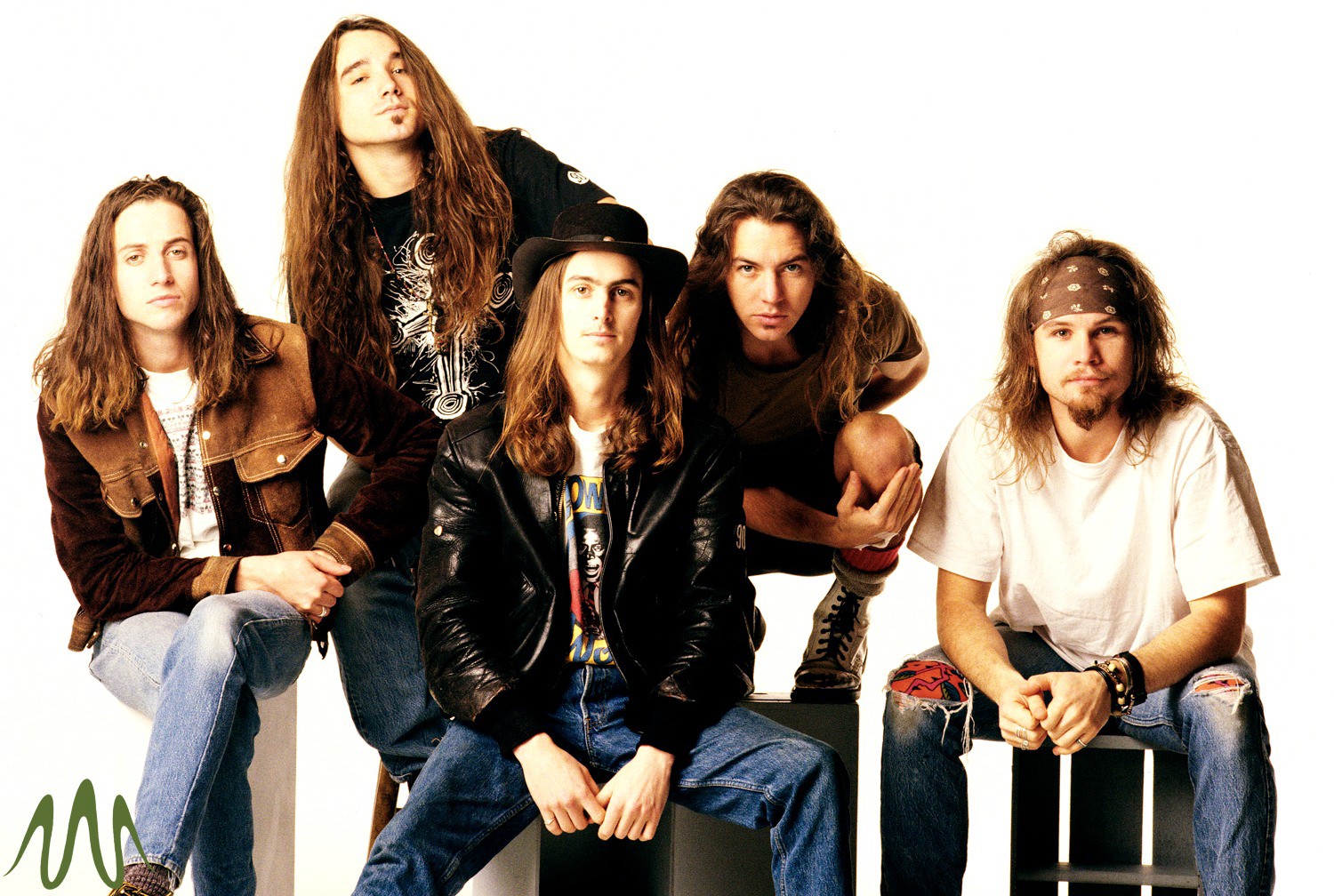
Vocally, grunge was defined by a raw, emotive delivery, ranging from melodic singing to intense screaming and guttural growls. Kurt Cobain’s (Nirvana) raspy screams, Eddie Vedder’s (Pearl Jam) deep, mournful tones, and Chris Cornell’s (Soundgarden) powerful, multi-octave range all became iconic, embodying the varied emotional spectrum of the genre. Drummers, like Dave Grohl and Matt Cameron, focused on power and a stripped-down approach, eschewing the elaborate kits of previous decades for a more primal, impactful beat.
Lyrically, grunge was the voice of Generation X’s disillusionment. Themes often revolved around social alienation, self-doubt, apathy, despair, addiction, psychological trauma, and a pervasive sense of frustration with societal norms and perceived hypocrisy. It was a stark contrast to the often optimistic or hedonistic themes prevalent in mainstream rock at the time. This introspection and raw honesty resonated deeply with a youth that felt misunderstood and unrepresented by the polished media landscape, finding solace and expression in the genre’s bleak yet authentic narratives.
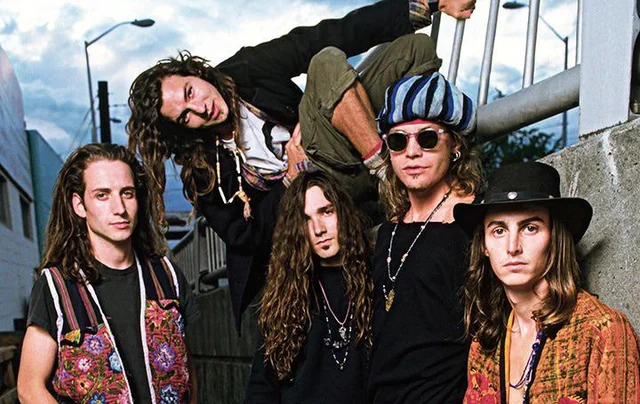
The Seattle Explosion and Its Echoes While bands like Green River, Mudhoney, and The Melvins were instrumental in forging the early grunge sound on independent labels like Sub Pop, it was the mainstream breakout of Nirvana’s Nevermind in 1991 that truly catapulted grunge onto the global stage. “Smells Like Teen Spirit” became an anthem, with its dynamic shifts and cathartic energy, ushering in a new era of rock. Following closely were Pearl Jam’s Ten (1991), Soundgarden’s Badmotorfinger (1991), and Alice in Chains’ Dirt (1992), cementing Seattle’s place as the epicenter of a musical revolution. Other significant bands like Stone Temple Pilots (though from San Diego, closely associated with the sound) and Hole (fronted by Courtney Love) further expanded the genre’s reach and influence, proving its adaptability and widespread appeal.
Cultural Impact and an Enduring Legacy Grunge’s influence extended far beyond music. Its anti-fashion aesthetic, characterized by thrift-store flannel shirts, ripped jeans, combat boots, and an unkempt appearance, became a global fashion statement. This look was a direct rejection of the glamorous, extravagant styles of the 1980s, promoting authenticity and a “come as you are” ethos. It reflected the lower- to middle-class backgrounds of many of its artists and fans, valuing practicality over pretension and challenging the commercialized image of rock stars.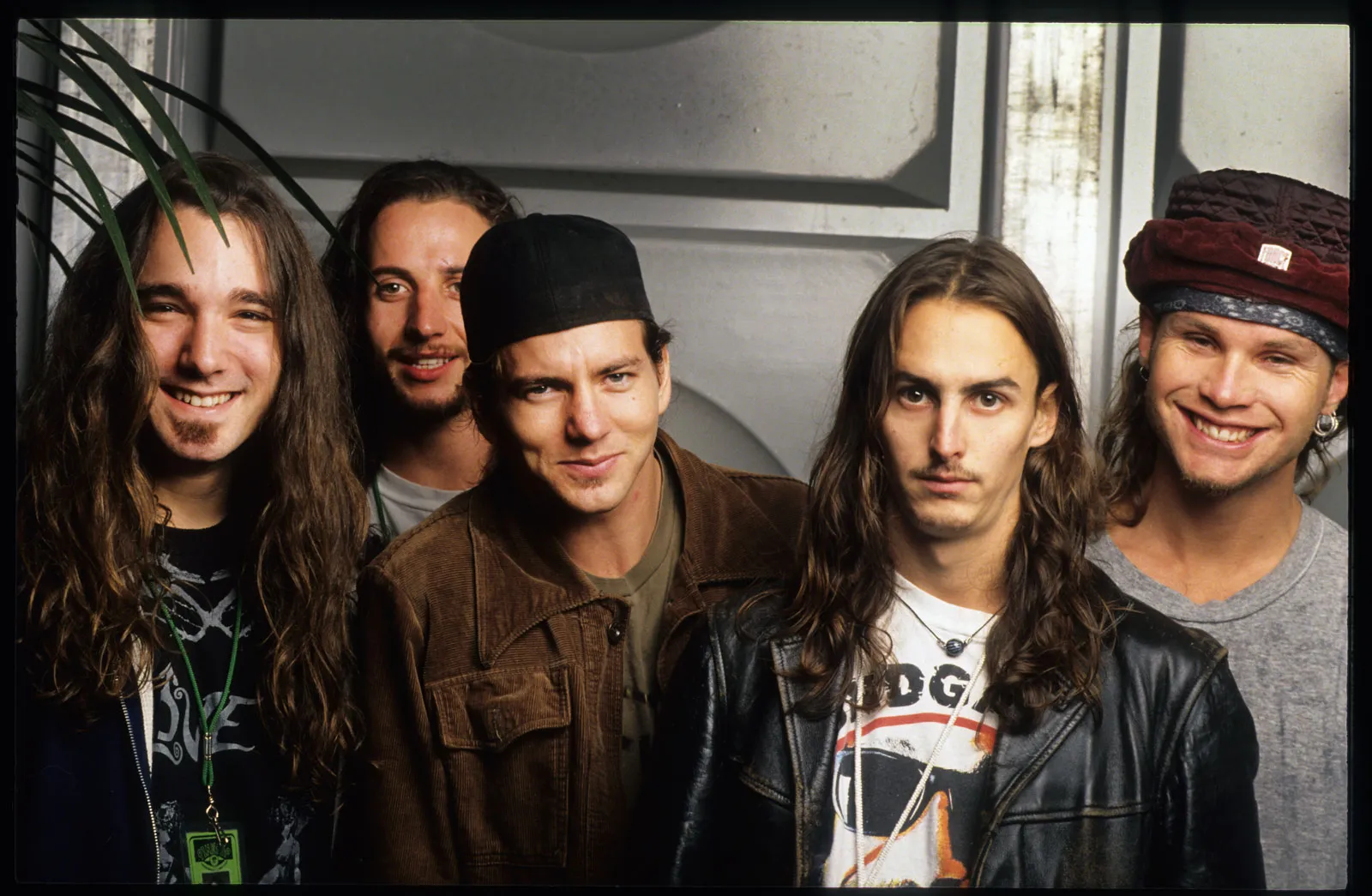
The movement also had a profound impact on the music industry itself. Nirvana’s unexpected success proved that raw, authentic, and emotionally complex music could captivate mainstream audiences, effectively challenging the dominance of manufactured pop and hair metal. This seismic shift opened doors for other alternative genres to gain traction, diversifying the airwaves and challenging traditional music industry gatekeepers.
While the peak of grunge’s commercial dominance was relatively brief, often cited as ending around the mid-1990s, particularly with Kurt Cobain’s tragic death in 1994, its legacy endures. Its influence can be heard in subsequent generations of alternative rock, post-grunge, and even in the more introspective and angsty sounds found in contemporary pop and hip-hop. Grunge provided a powerful voice for a generation and remains a poignant reminder of a time when authenticity and raw emotion reshaped the sound and look of popular culture. It truly was, for many, the last great era where a distinct rock subgenre so profoundly permeated the global mainstream and left such a pervasive cultural mark.



